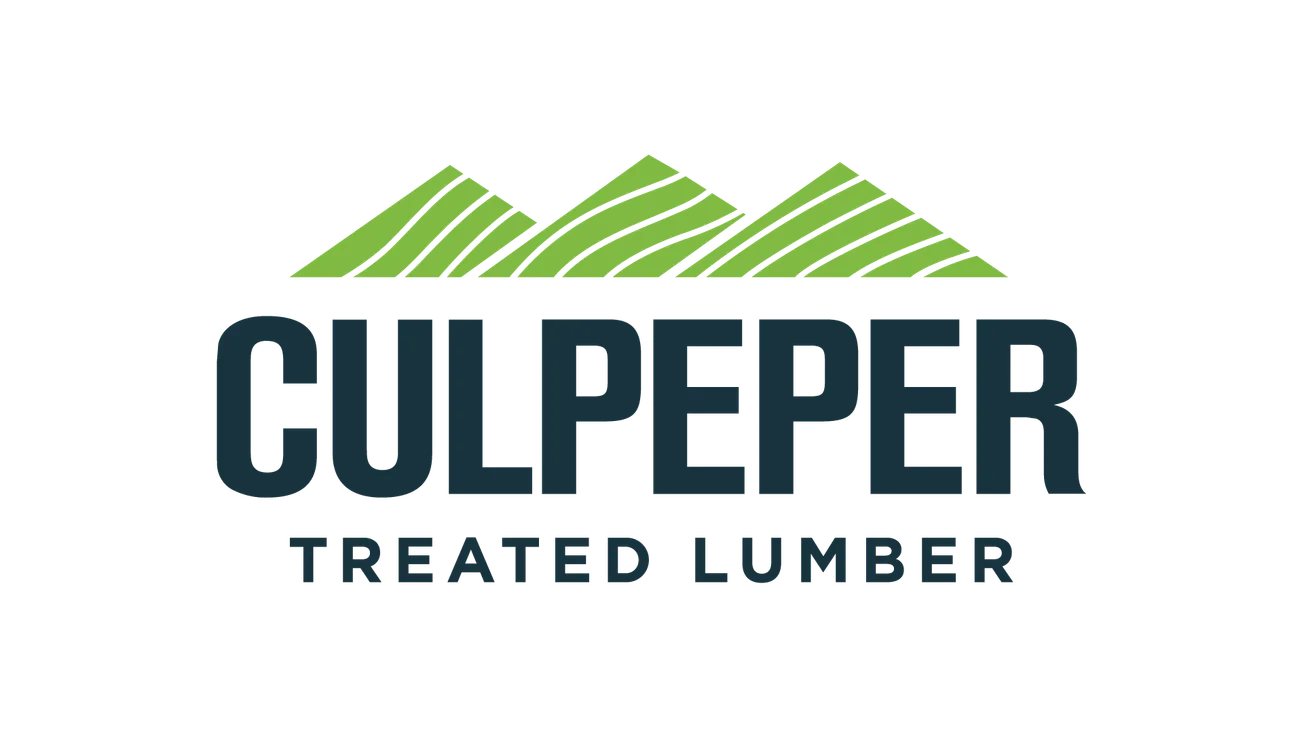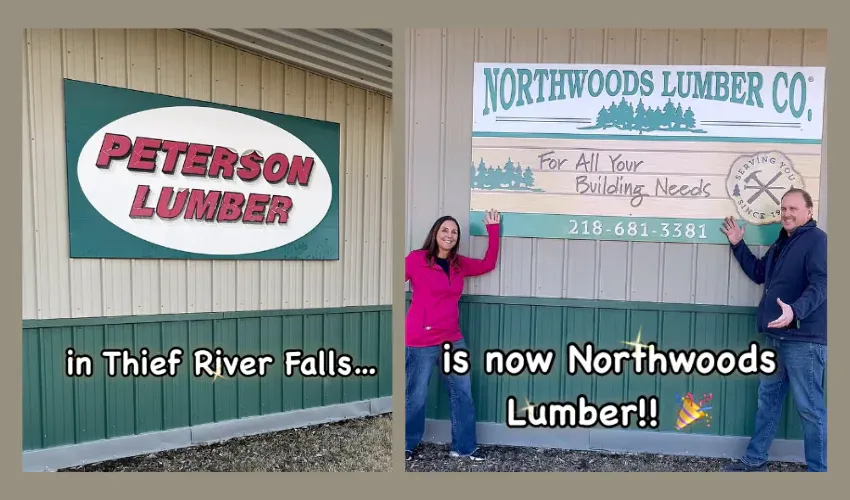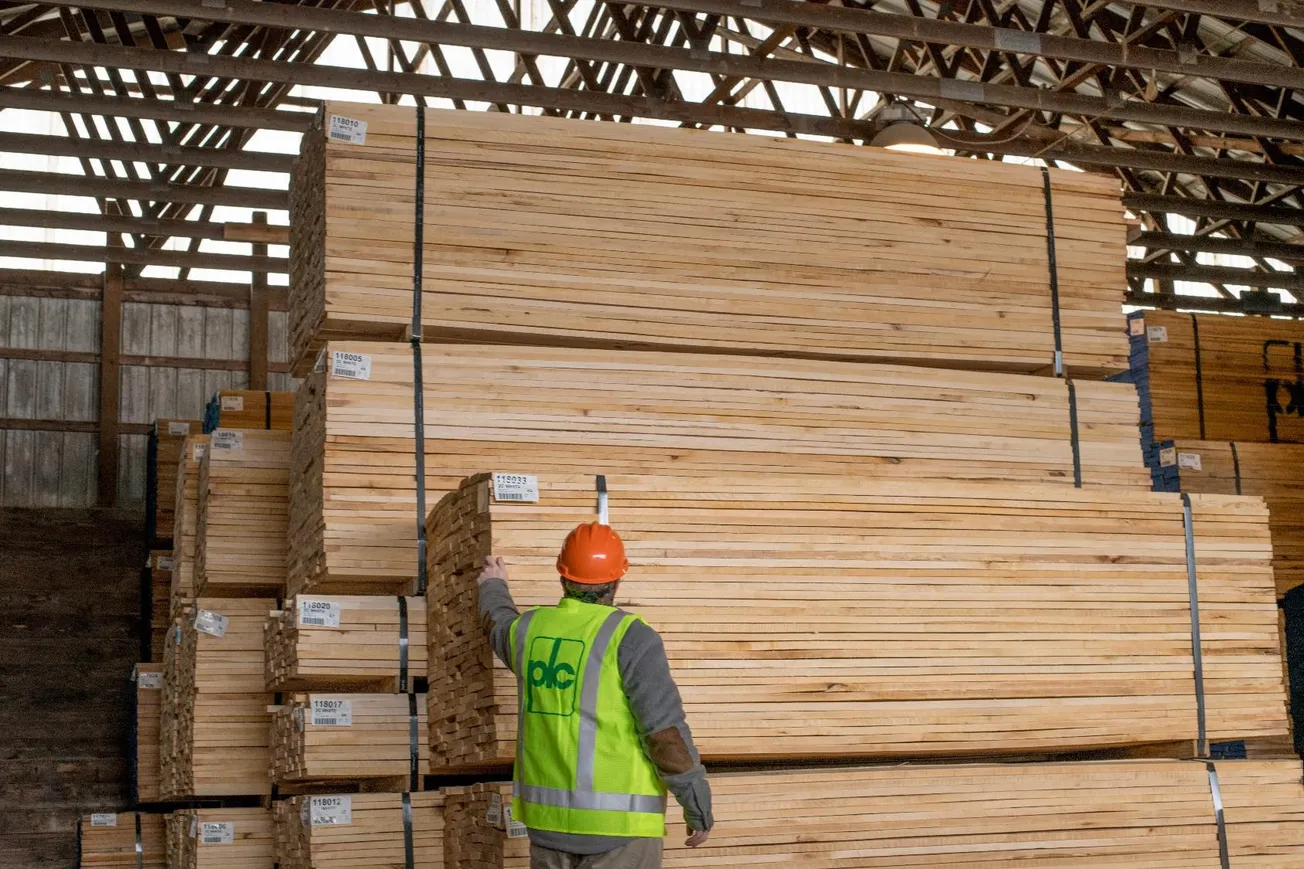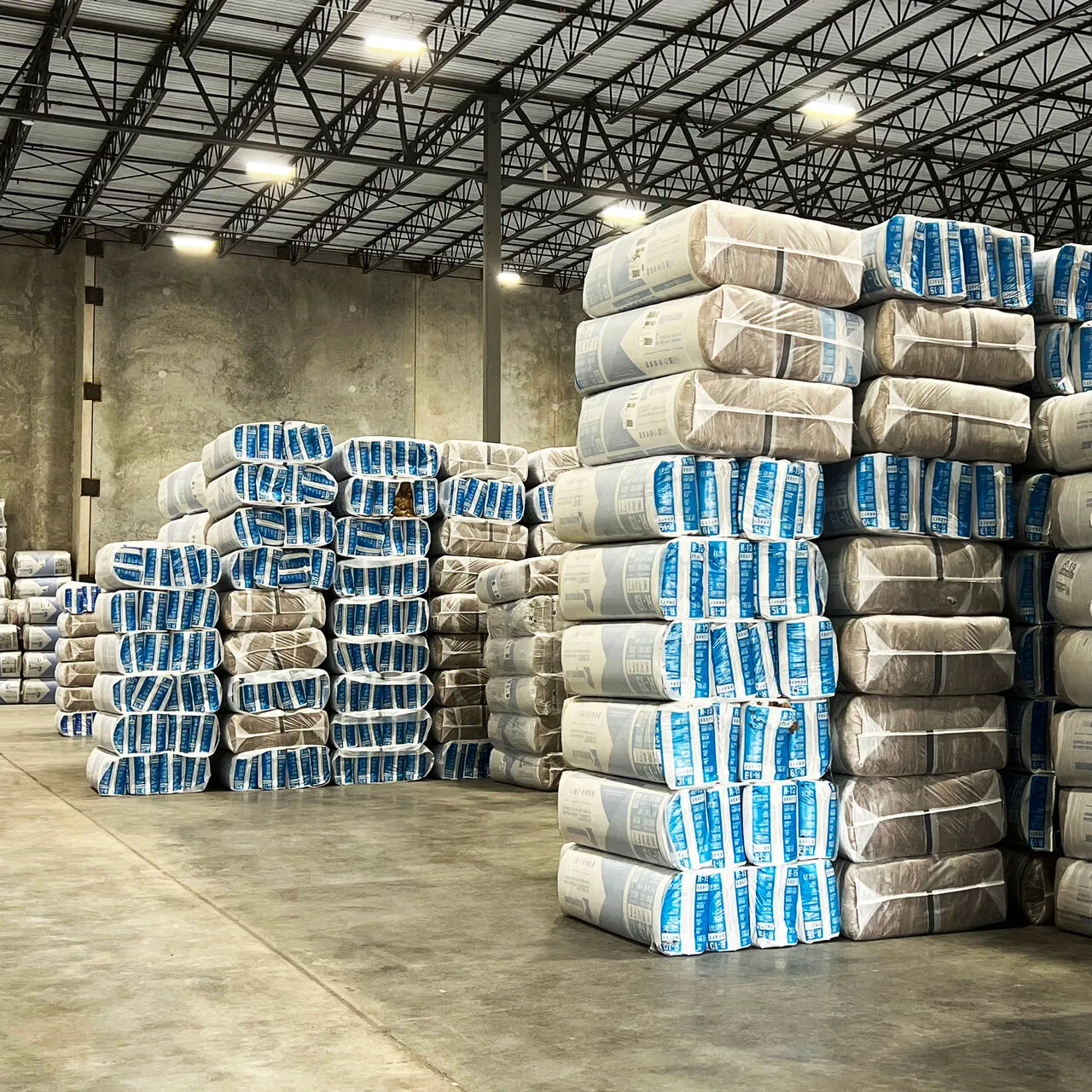Table of Contents
The lumber and building materials industry is much different than it was before the COVID-19 pandemic struck and, in my opinion, it’s changed for the better. We’re continually in motion, and the entity that doesn’t acknowledge the evolution is the one that gets left behind.
That being said, the crisis brought with it many unknowns. Despite lacking full awareness of what’s next, it’s important to recognize that in a fluid environment, plans and strategies may have to be adjusted. Your vision or strategy might still be sound and might still be where you want to go, but the route you take to get there may need to be tweaked.
Instead of becoming a victim of the environment, you have to get out there and be a facilitator of the change that is happening. That’s how you survive—no, excel—in this new world, and that’s exactly what Sherwood Lumber did. In particular, we pivoted in ways that have actually fortified our company’s culture and have allowed us to grow an enviable virtual presence.
Communication Feeds Culture
Sherwood had a healthy corporate culture ahead of the pandemic, which ironically enough brought teams closer together despite distance and despite the hardships and challenges of the time.
The issue: Our senior-level management team was not meeting even on a weekly basis prior to COVID, then the pandemic made it impossible for in-person meetings to take place at all. However, close contact with regard to communication was a priority in order to keep the Sherwood family safe and secure as well as to foster trust.
The pivot: We started scheduling a bi-weekly management call to share status updates and any specific situations that required immediate attention. Day-to-day volatility forced us to communicate on a high level virtually and to talk about tough subject matter that nobody really wanted to discuss but that had to be addressed so that we could stay as proactive as possible in an environment fraught with uncertainties.
The result: We were able to address situations quickly, implement change, and provide a culture of flexibility very quickly. (A full transition to remote work, for instance, was completed in just five business days!) Our team adapted very well, to the point where you could throw a curveball at a Sherwood associate and they’re definitely getting on base; and in some cases, they’re going to hit it out of the ball park. We created a resilient culture that’s able to handle crisis at a high level, and it’s served us well. We felt like if we were able to maintain and expand our culture in this environment, we’d get a high level of performance—which, in fact, we’ve seen.
High Touch, From a Distance
Prior to the crisis, Sherwood also was already on track to become a thought leader in the industry. We were strategizing ways to influence behavior at a high level; but COVID dictated a change in approach.
The issue: Because we were no longer able to go out and touch people literally, we had to figure out how to touch them virtually.
The pivot: We put a huge amount of effort into social media outreach, podcasts and webinars, and written material. We essentially became content leaders and experts inside of the lumber and building materials space. While Sherwood was already moving in this direction, the ultra-hyper focus during the pandemic accelerated this transformation out of necessity, because we couldn’t touch people any other way.
The result: We garnered more traffic to our website as well as more touches to our followers on YouTube and on social media in general. More opportunities also surfaced in the national media—Barron’s, The Wall Street Journal, Fortune, Bloomberg, Fox Business News, CNBC—that allowed us to continue to develop our brand. The virtual world allowed us to expand that at a high multiple during COVID.
New Normal
These, and other changes Sherwood has adopted, reflect our new normal. How we now handle business at the operational level and the safety steps we’ve taken are unlikely to ever convert back to the old procedures and processes.
Having all of the tools necessary—including, say, the option to set up a meeting virtually—is how we’ll operate our businesses and how we’ll conduct business going forward. It’s an exciting prospect, because there was a perception that we had to be on the road in front of our customers all the time to succeed. There is a direct correlation to that in the old world, but there’s also a direct correlation of success in this new world with being able to see your customer, even though it might not be three-dimensionally; it’s going to be two-dimensionally on a screen. There is a specific benefit to that.
Business travel, for example. We do a lot of business overseas. It’s not easy to travel—today, specifically, but even prior to that it wasn’t the best use of time. Having an opportunity for real business reviews face to face, even in a virtual environment, still provides a high level of connectivity and a high level of relationship-building. Even locally, while there’s a necessity from a business development perspective to go out and see people face to face, we as a sales team are going to have to navigate those waters a little bit differently because not every person will want to participate at that level.
By the same token, our virtual trading floor—built out of the necessity of COVID—likely isn’t going anywhere even when the pandemic finally does. The tools we’ve created inside of Microsoft Teams have allowed us to virtually simulate a trading pit where team members gather to transact business. The difference (and benefit) is that there might be one person sitting in Portland and another sitting in New York, but the 3,000-mile gap is removed. It’s something we feel like we’re not only going to keep but that we’re going to try to enhance to meet the needs of an evolving marketplace—and whatever it holds.
Who knows what exactly that will be. You can’t control it, but you can observe it and you can understand how it affects you and then make changes to help you navigate it. If you assemble a team that understands that and has a high level of trust in regard to making those adjustments, you’ll generate a winning atmosphere. Sherwood celebrates every Friday with a “Win of the Week” call where employees from all departments share their success stories and thank the colleagues who helped accomplish them. However small the win, we’ve found that the more wins you create, a snowball effect follows where people are just clamoring for the next opportunity.
Wins don’t happen every time; failures are an outcome, too, but COVID has taught us that teams that can navigate through adversity and uncertainty are the strongest. It’s not how you do it in the best of times, it’s how you do it in the worst of times!
– Kyle Little is chief operating officer of NAWLA member Sherwood Lumber, Melville, N.Y. (sherwoodlumber.com).









